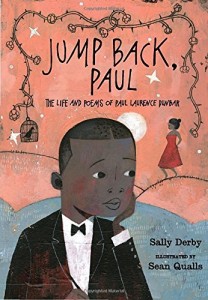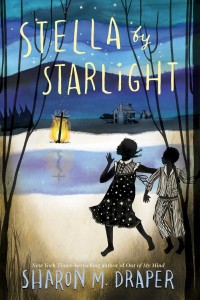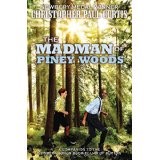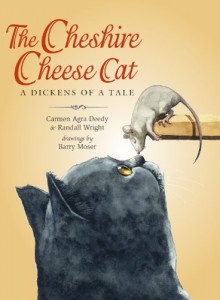Written by Sally Derby
Illustrated by Sean Qualls
In this engaging biography, Sally Derby gets right to the heart of Paul Laurence Dunbar and his poetry. She chose to write directly to the reader and did an amazing job of drawing in that reader. The illustrations match the feel of the story perfectly.
Living only thirty-three short years, Dunbar made a huge impression on the world. As a poet, he was unusual. He was well-educated and knew how to write in “proper” English, but he chose to do much of his work in dialect. He demonstrated how real Negroes (as they were then called) spoke. Of course, his mother and his wife both preferred him to write in standard English. This was when they were most proud of him.
Dunbar’s parents and a half-brother were all born into slavery, and he felt the effects of not only that but also of the Jim Crow era. He grew up and went to high school in Dayton, being the only Negro in the school. One of his friends was Orville Wright. Upon graduation, he learned he didn’t have the same opportunities as his friend. His poetry career took off quickly, with early encouragement of such people as James Whitcomb Riley and Frederick Douglass. He became world famous and traveled extensively to share his work. Sadly, Dunbar died young of a not uncommon malady of the time, tuberculosis.
Fourth graders and up will learn a lot about history and civil rights and about the flexibility of poetry for expressing your feelings. They can practice their literacy skills reading the many poems included in this wonderful book.
 Title: Jump Back, Paul: The Life and Poems of Paul Laurence Dunbar
Title: Jump Back, Paul: The Life and Poems of Paul Laurence Dunbar- Author: Sally Derby
- Illustrator: Sean Qualls
- Published: Candlewick, 2015
- Reviewer: Sue Poduska
- Format: Hardback, 128 pages
- Grade Level: 4 to 7
- Genre: Nonfiction, Biography, Poetry, History, Civil Rights
- ISBN: 978-0-7636-6070-3
- Extras: Extensive notes, timeline, bibliography, index









